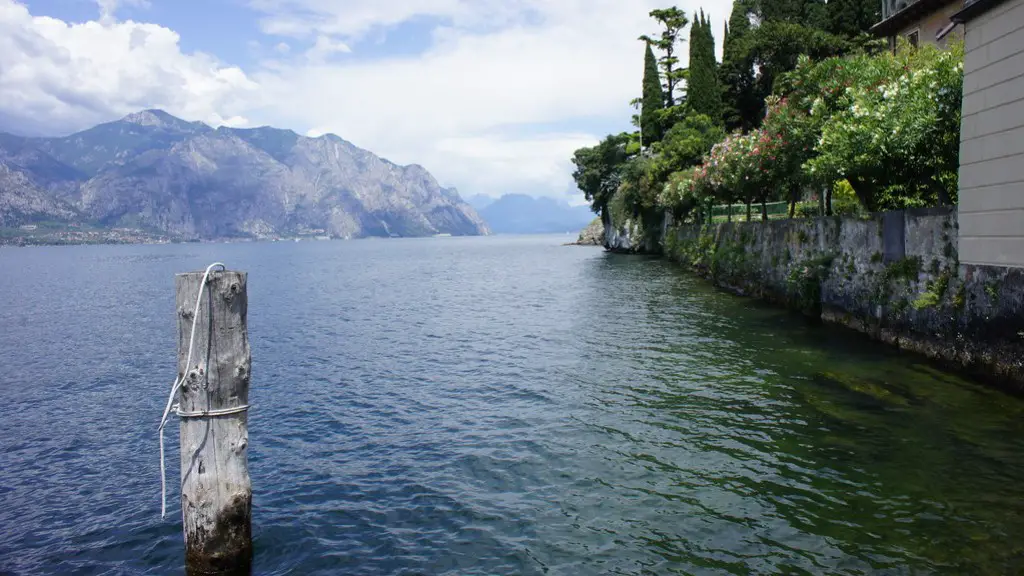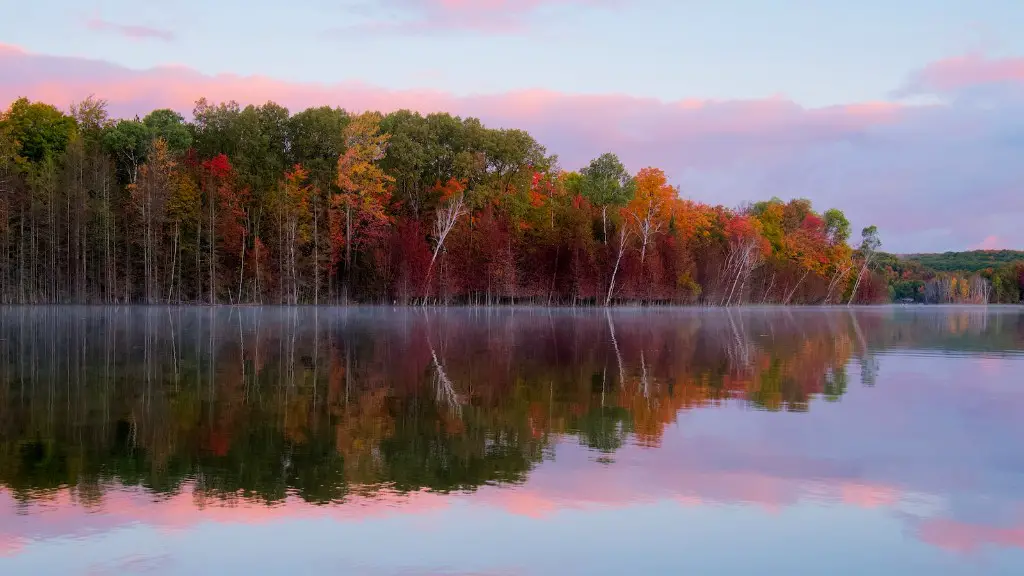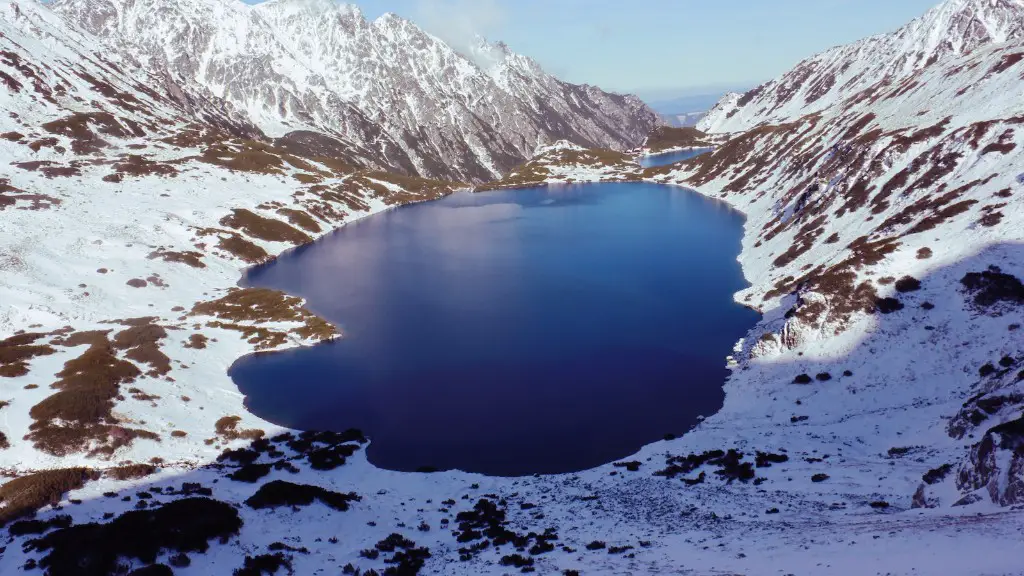Background
Lake Michigan is the second largest of the Great Lakes of North America, by area and volume, and the only one located entirely within the United States. It is the fifth-largest freshwater lake in the world and the third-largest in the United States. The lake borders Illinois, Wisconsin, Indiana, and Michigan and has a surface area of 22,404 square miles and a total volume of 1,180 cubic miles. The lake provides drinking water, recreation, and economic activity for the surrounding area, and it is estimated that 8 million people rely on Lake Michigan for their drinking water.
Lake Michigan has a long history of human use and interference, including dredging and other human-made alterations to the lake, shoreline development, and pollution. Over the years, there have been several reported drowning deaths in Lake Michigan, with most occurring on the lake’s eastern shoreline.
How Many People Have Died in Lake Michigan?
The exact number of deaths that have occurred in Lake Michigan is difficult to determine, as most accounts of drowning deaths are based on estimates rather than official records. However, a study published in 2014 estimated that, between 1998 and 2012, there had been an average of 135 deaths due to drowning in Lake Michigan each year. This number is likely to be higher, as the study did not take all drownings into account.
A website maintained by the United States Lifesaving Association (USLA) also keeps records of deaths in and around Lake Michigan. As of 2020, the USLA lists 681 fatalities in and around the lake since 1998. However, it is important to note that the USLA’s list is not comprehensive, as it does not account for all fatalities.
Factors Affecting Deaths in Lake Michigan
There are several factors that can contribute to deaths in Lake Michigan. One of the most significant factors is the weather. Storms, strong winds, and cold temperatures can create waves that can be difficult to navigate, leading to incidents of drowning or people going missing. In addition, low visibility and shallow water levels can lead to unexpected dangers and an increased risk of accidents.
Alcohol is also a major factor in drowning incidents in Lake Michigan. In many cases, alcohol consumption is found to be a contributing factor in the death or disappearance of individuals in the lake, either directly due to over-consumption or indirectly due to a lapse in judgment.
Finally, there are a number of inherent risks in swimming in the lake. Lake Michigan is known for its strong currents and undertows, as well as its cold waters. These hazards can catch even experienced swimmers off guard.
Preventing Deaths In Lake Michigan
The best way to prevent deaths in Lake Michigan is to take the necessary precautions before entering the water. This includes observing advisories and warnings issued by the National Weather Service or relevant agencies, wearing a properly fitting life jacket, and avoiding alcohol and drugs while swimming. It is also important to swim with a buddy, stay within swimming areas, and never swim alone.
Those who are responsible for managing the lake also play a role in preventing deaths by implementing safety measures to protect people from unexpected or dangerous conditions. This includes providing life-saving equipment, enforcing regulations, and providing search-and-rescue services.
Community Efforts To Reduce Fatalities In Lake Michigan
A number of community organizations have taken it upon themselves to reduce deaths in Lake Michigan. One of these organizations is the Lake Michigan Water Safety Project, which works to increase water safety awareness in the area. In addition, universities and private companies have invested in research and education projects about water safety to help the public learn more about the risks associated with swimming in the lake.
The USLA also offers a range of free programs and resources to help people stay safe when in or around water, such as the National Learn to Swim Program, the USLA Water Safety Challenge, and the USLA Safe Boating Campaign.
Finally, a number of local governments and law enforcement agencies have taken additional steps to reduce deaths in the lake. These efforts include increasing patrols in and around the lake, providing education and training programs, and increasing the enforcement of rules and regulations.
Impact Of Fatalities In Lake Michigan
The impact of fatalities in Lake Michigan is far-reaching and can be felt by the local community in a variety of ways. For one, the death or disappearance of an individual can have a tremendous emotional impact on the family and friends of the victim. In addition, government agencies, rescue organizations, and medical personnel can be affected in their efforts to rescue and save those affected by drowning in the lake. Finally, the financial burden of responding to drowning incidents can be significant, particularly in light of the costs of search and rescue efforts.
Other Risks in Lake Michigan
Although drowning is the primary cause of death in Lake Michigan, it is not the only risk. Other risks include exposure to water-borne illnesses, such as E. coli, contaminated fish, and hazardous materials. In addition, a number of non-fatal incidents, such as boating accidents, falls, and other injuries, can also occur when in or near the lake.
It is important to note that while these risks may not be as immediately life-threatening as drowning, they can still cause serious harm. It is important to be aware of risks and to take the necessary precautions when entering the water.
Conclusion
While the exact number of deaths in Lake Michigan is difficult to determine, it is clear that this number is significant and that there is much that can be done to reduce it. It is important to recognize the risks associated with swimming or boating in or near the lake and to take the necessary precautions to stay safe. Additionally, community organizations and local governments must continue to work together to ensure the safety of those who enter the lake.




